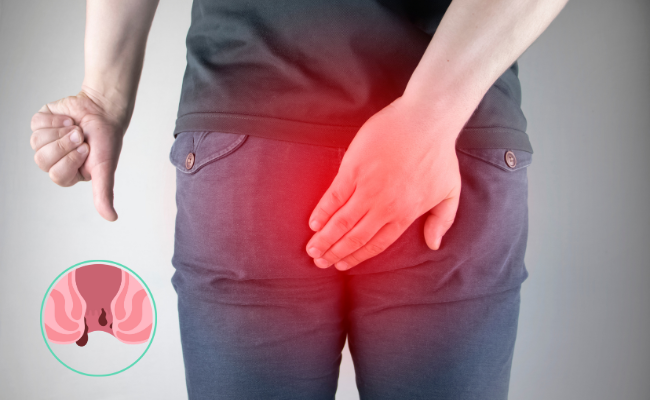How to Treat Perianal Abscess?
- November 15, 2023
- No Comments

What is a Perianal Abscess?
A perianal abscess is a painful collection of pus near the anus or rectum. It typically develops when a small gland in the anal region becomes infected. These glands are responsible for producing mucus to help with bowel movements. When they get blocked or infected, a painful abscess can form. Perianal abscesses can occur in people of all ages and backgrounds, and they can be a source of significant discomfort and distress.
Why Do Perianal Abscesses Occur?
Perianal abscesses often develop as a result of bacterial infection. The most common bacteria involved are Staphylococcus aureus and Escherichia coli. The infection usually originates in small glands around the anus, which can become blocked. When the glands are blocked, bacteria multiply, causing inflammation and the formation of an abscess. Certain factors, such as a weakened immune system, Crohn's disease, or conditions that cause inflammation in the digestive tract, can increase the risk of developing perianal abscesses.
How to Identify Perianal Abscess Symptoms?
Recognizing the symptoms of a perianal abscess is crucial for prompt treatment. Common symptoms include severe pain, swelling, redness, and warmth around the anal area. Patients may also experience fever, chills, and a general feeling of illness. In some cases, a visible lump or bump near the anus may be present. The pain associated with perianal abscesses is often sharp and can make activities such as sitting, walking, or bowel movements extremely uncomfortable.
Treatment Solutions for Perianal Abscesses:
- Incision and Drainage (I&D): The primary treatment for a perianal abscess is a procedure known as incision and drainage (I&D). In this procedure, a healthcare professional makes a small incision to drain the pus from the abscess. This is typically performed under local anesthesia to minimize pain during the procedure.
- Antibiotics: While I&D is the mainstay of treatment, antibiotics may also be prescribed to help control the infection. Antibiotics alone, however, are not sufficient to treat a perianal abscess. They are often used in conjunction with incision and drainage to prevent the infection from spreading or recurring.
- Sitz Baths: To alleviate discomfort and promote healing, patients are often advised to take warm sitz baths. This involves sitting in a shallow tub of warm water for about 15-20 minutes several times a day. Sitz baths help reduce pain, and inflammation, and promote drainage of the abscess.
- Pain Management: Over-the-counter pain medications or prescription pain relievers may be recommended to manage the pain associated with a perianal abscess. These can help improve the patient's comfort during the healing process.
Benefits of Timely Perianal Abscess Treatment:
- Pain Relief: Prompt treatment of a perianal abscess provides quick relief from the intense pain associated with the condition. Incision and drainage help drain the pus, alleviating pressure and discomfort.
- Prevention of Complications: If left untreated, perianal abscesses can lead to more severe complications, such as the formation of fistulas – abnormal connections between organs or tissues. Timely treatment reduces the risk of complications and ensures a smoother recovery.
- Faster Healing: Incision and drainage, along with supportive measures like antibiotics and sitz baths, contribute to faster healing. Patients can resume normal activities more quickly with appropriate treatment.
- Preventing Recurrence: Proper treatment reduces the likelihood of recurrence. By effectively draining the abscess and addressing the underlying infection, the risk of a new abscess forming is minimized.
Comments (0)